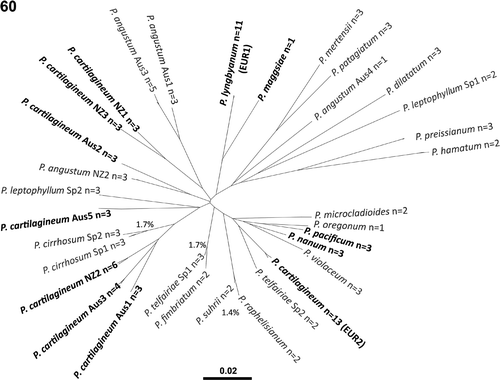Figures & data
Table 1. Collection information for specimens of Plocamium used in this study.
Figs 1–10. Plocamium cartilagineum. 1. Lectotype of Fucus cartilagineus Linnaeus. 2. Ramuli alternating in series of 2 or 3 above the basal ramuli. 3. Cortication. 4, 5. Apices with and without chevron-like appearance. 6. Cocconeis scutellum as epiphyte. 7. Simple young stichidia. 8. Simple and dichotomous old stichidia. 9. Cross-section of stichidia showing tetrasporangia. 10. Cross-section of a subcylindrical empty sporangial chamber.
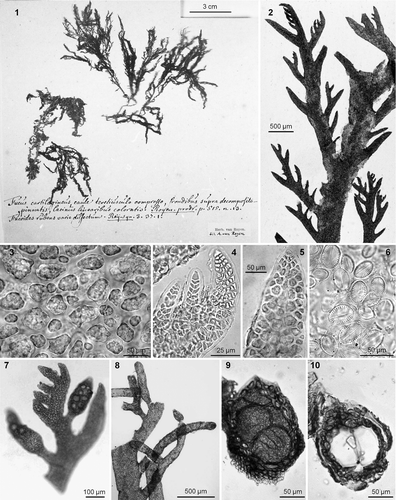
Figs 11–17. Plocamium cartilagineum. 11. Lectotype of Plocamium subtile Kützing. 12. Ramuli alternating in series of 2–4 (usually 3) above the basal ramuli. 13. Apex without chevron-like appearance. 14. Cocconeis scutellum as epiphyte. 15. Simple and bifurcated young stichidia showing tetrasporangia. 16. Lectotype for Delesseria plocamium var. uncinata. 17. Detail of the lectotype material showing fruticose habit and ramuli in series of 3 or 4 above the basal ramulus.
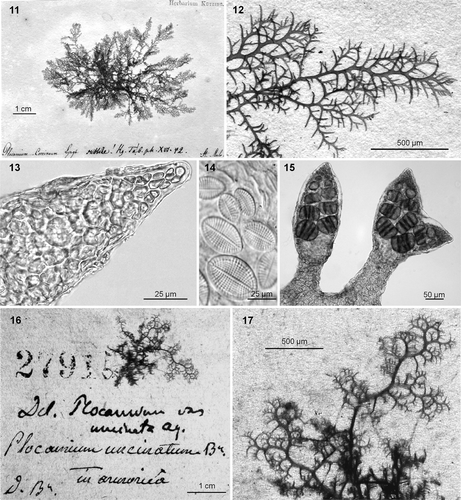
Figs 18–28. Plocamium cartilagineum. Barcoded specimens. 18. Habit of a large robust morph from the NE Atlantic (SANT 24199). 19. Ramuli alternate in series of 3 or 4 above the basal ramuli. 20. Subcylindrical cross-section in a main axis. 21. Compact cortication; in vivo, cortical cells with discoid plastids and a refractive globule. 22. Female gametophyte with cystocarps. 23. Upper portion of a branch, showing whitish appearance, profuse branching and abundant spermatangia. 24. Juvenile simple and apically bifurcated stichidia. 25. Simple and di-trichotomous old stichidia. 26. Tetrasporangia. 27. Small delicate individuals from the Mediterranean (SANT 24202). 28. Typical habit for plants occurring loose-lying on maërl beds (SANT 24200).
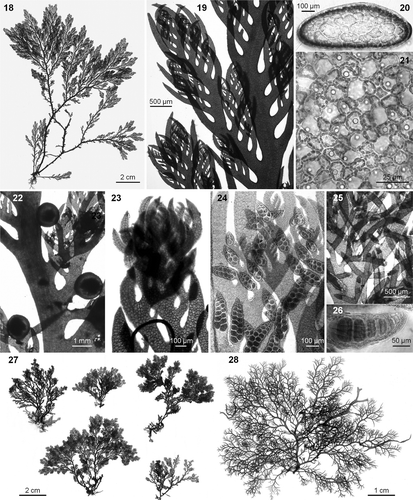
Table 2. Attributes of type material examined in this study, compared to contemporary collections assigned via molecular data to either EUR1 (P. lyngbyanum) or EUR2 (P. cartilagineum).
Figs 29–38. Plocamium lyngbyanum. 29. Lectotype of Plocamium lyngbyanum Kützing. 30. Ramuli alternate in series of 4 or 5 above the basal ramuli. 31. Apex without chevron-like appearance. 32. Incomplete cortication. 33. Juvenile stichidia palmately divided. 34. Old compound stichidium with third-order ramification. 35. Slightly compressed cross-section of a stichidium showing tetrasporangia. 36. Tetrasporangia in detail. 37. Clusters of stichidia alternating along the bare section of a main axis. 38. Stichidia growing at the tip of basal ramuli can mask the sympodial look typical of the genus.
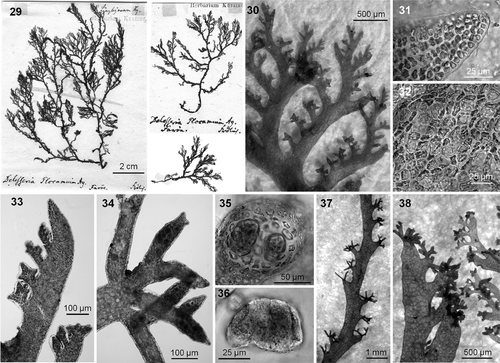
Figs 39–51. Plocamium lyngbyanum. Barcoded specimens. 39. Habit of a large robust morph from NW Spain (SANT 24196). 40. Ramuli alternate in series of 3–5 above the basal ramuli. 41. Main axis with slightly compressed cross section. 42. Incomplete cortication with fenestrated conformation. 43. Cystocarps on a female gametophyte. 44. Branch of a male gametophyte showing abundant spermatangia. 45. Palmately divided young stichidia. 46. Old compound stichidia with third-order branching. 47. Tetrasporangia. 48. Dense axillary clusters of compound stichidia in older main axes. 49. Compound stichidia growing on the tip of basal ramuli (GW001801, North Ireland). 50. Basal ramulus with serrate margin (SANT 24195). 51. Main axes infested by the bryozoan Electra pilosa.
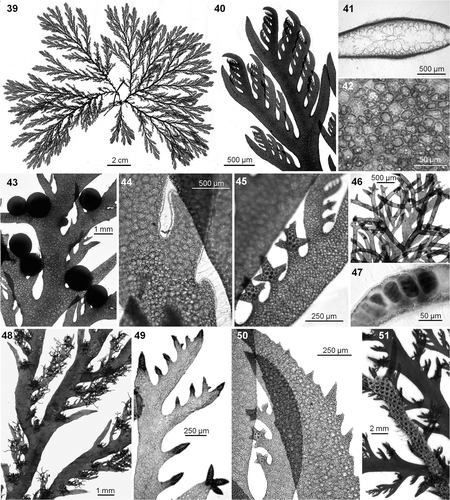
Figs 52–57. Plocamium binderianum. 52. Lectotype of Plocamium binderianum Kützing. 53. Ramuli alternate in series of 4 above the basal ramuli. 54–56. Burgeoning long and strongly recurved stichidia (the three figures are at the same scale). 57. Surface view of the scarce and anomalous tetrasporangia.
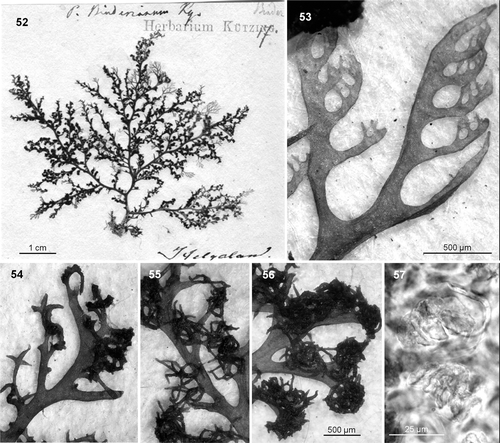
Figs 58, 59. Plocamium spp. 58. Extensive basal system with fruticose morphology of P. maggsiae. 59. Similar morphology with some gall-like tips in secondary proliferations of a detached specimen of P. lyngbyanum.
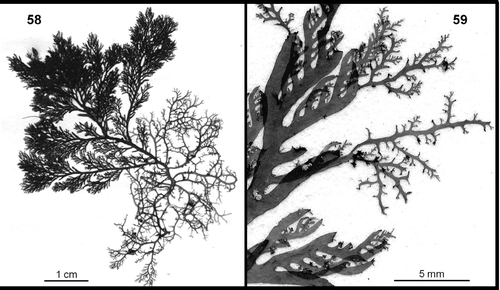
Fig. 60. Neighbour-joining tree for the COI-5P sequence data used in this study (as a visual representation of species diversity and relative divergence, not to be interpreted as a robust phylogenetic analysis). Lineages traditionally considered as Plocamium cartilagineum s.l. are indicated in bold type. ‘n =’ indicates the number of samples that resolved within each genetic species group. For closely related genetic groups the per cent COI-5P divergence is indicated.
